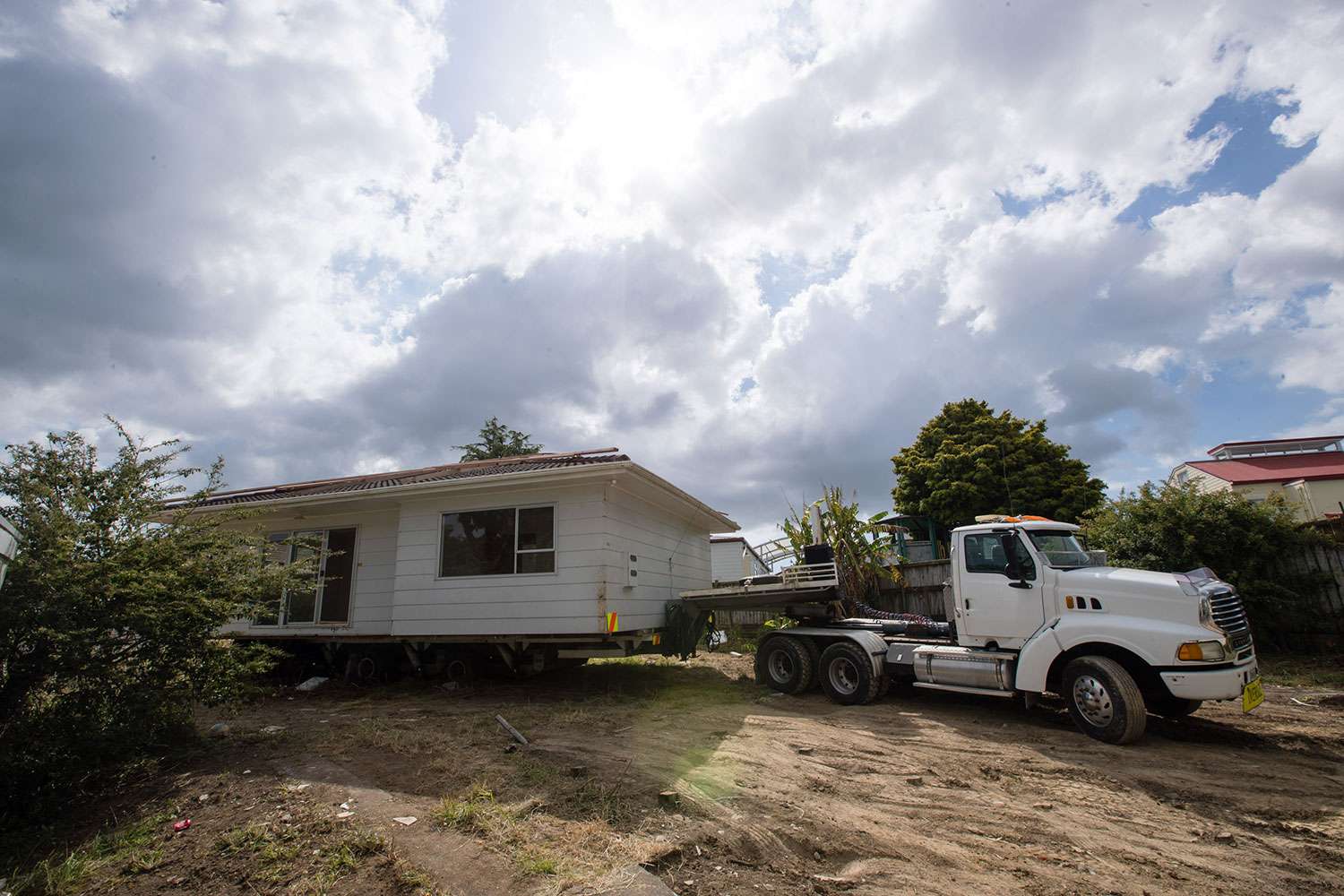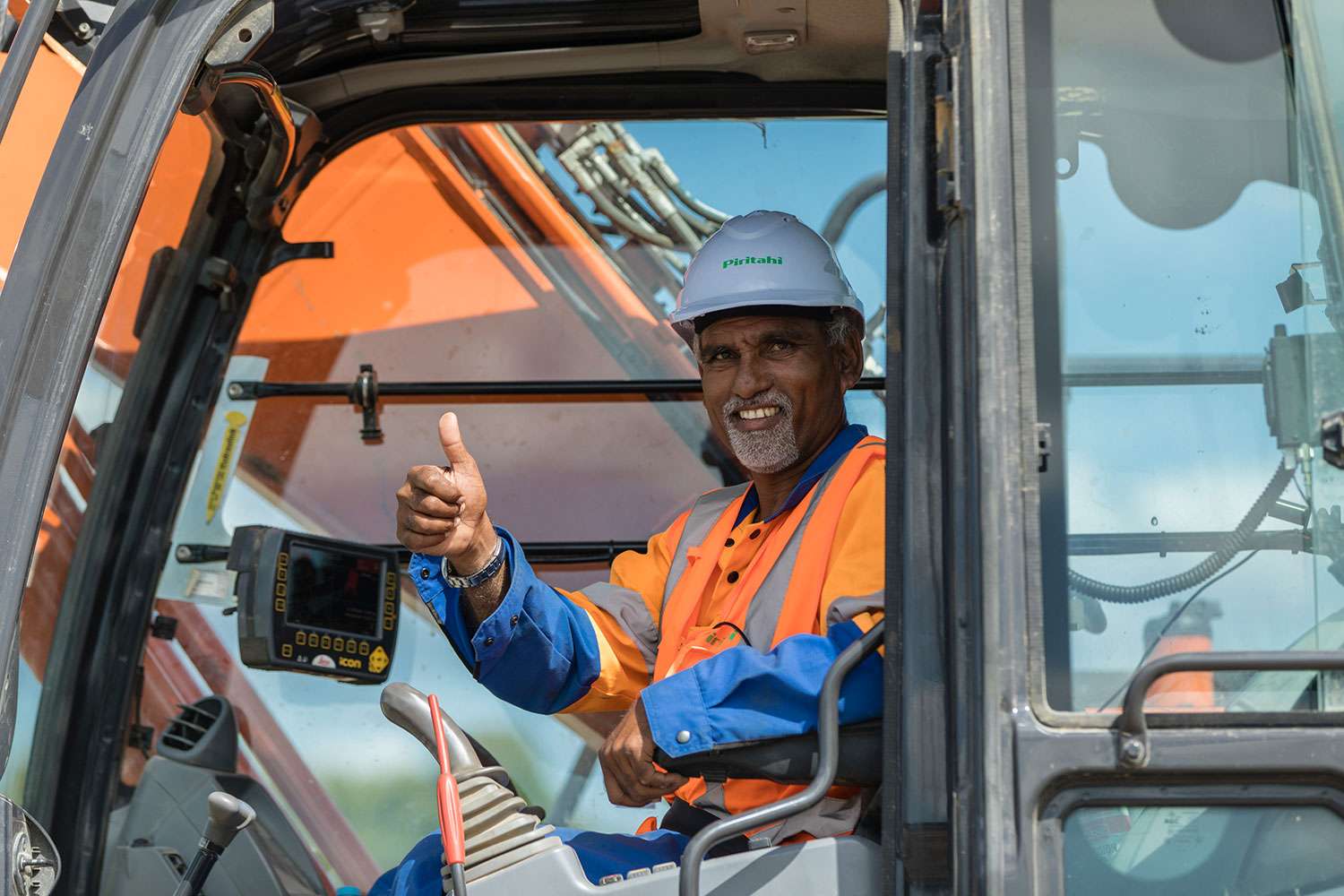The huge build across Auckland is not just about housing - it's also about social change.
“Providing sufficient infrastructure for Auckland’s growth” is how Piritahi’s Ben Chester summarises his job.
It’s one of those self-effacing estimations Kiwis are well known for and, as true as it is, it clearly doesn’t tell the whole story of what Piritahi is doing to re-paint Auckland’s huge housing canvas, now and for years to come.
Chester is Infrastructure Design Manager for Piritahi – the alliance helping Kāinga Ora – Homes and Communities prepare land, pipes, roads, reserves and other infrastructure for up to 25,000 new houses in large urban regeneration developments across Auckland, including Hobsonville, Northcote, Mt Roskill, Mangere, Oranga and Tamaki.
Start your property search
Sounds simple. It isn’t. It’s a question of future-proofing Auckland – and Chester has an at times moving story to tell about how he, with 30 years’ engineering experience, has seen young engineers and others come to work for Piritahi and love what they are doing because (and this is reality, not a cliché) they are making a difference.
Piritahi is an alliance of six companies – design, engineering and construction firms Dempsey Wood, Hick Bros Group, Harrison Grierson, Woods and Tonkin + Taylor. They work together with owner-participant Kāinga Ora as a virtual company.
Piritahi means “coming together as one” and the alliance model means the companies involved mesh together, identifying and solving problems, sharing the risk and rigorously controlling budgets, rather than being caught up hiring third party contractors with all the delays, cost blowouts and disputes the old third party approach can bring.

Piritahi Mt Roskill. Photo / Supplied
“If you look at the work being done at Owairaka or Roskill South, we are starting with old state houses which are two- or three-bedrooms and sit on about 1000sq m of land. Five lots are then amalgamated into one single super-lot which allows high-density provision of apartment-style developments, or KiwiBuild/affordable housing or market units and houses. It will increase the number of homes by about five times in some places.”
To make that happen, Auckland’s already struggling infrastructure has to be upgraded or completely new infrastructure provided, covering everything from water supply, wastewater, stormwater, roading, power and communications. The redevelopment also provides the opportunity to improve or add to social infrastructures such as parks, greenways and cycleways.
“To provide housing for that greater number of people, we have to figure out how to get, for example, water to the boundaries of that neighbourhood and reticulated to the houses. We have to upgrade the trunk and local sewer system to get the waste water out – plus upgrade roads and intersections to cater for the increase in traffic.”
It’s a big job – with billions of dollars required to upgrade infrastructure to a level that can support demands from the new housing.
But, as Chester points out, future-proofing Auckland’s embattled infrastructure from one struggling to cope with existing numbers to something that can handle the future is one thing – but the overall Piritahi goal has much wider-reaching social outcomes.

Owairaka. Photo / Supplied
“I think the biggest change will be noticed by the people in social housing,” Chester says. “They will be going from old state housing – a lot of which are in poor condition and are cold, damp and unhealthy. They’ll go into warm, dry, new housing serviced by new or upgraded infrastructure, parks and open spaces.
“What we are hoping that will mean is a real social change – there won’t be quite so many kids missing school because the homes they live in are healthier and therefore the kids are healthier. Their parents can be at work, rather than having to be at home or even hospital with them. It’s all about trying to break those kinds of cycles.”
Piritahi is also aiming at better environmental outcomes. Owairaka’s stormwater and sewerage systems are linked and, even in only moderate rainfall, can cause overflows involving raw effluent. Piritahi is constructing a dedicated stormwater system to operate separately from sewerage – and provide a dramatic decrease in overflows into Oakley Creek.

Photo / Supplied
The creek and surrounds have been extensively beautified in recent times with a walkway, cycleways, tree plantings, a playground, a community and community orchards. The $30 million stormwater project will reduce flooding and Piritahi is addressing the sewer system to minimise overflows in times of rain.
Piritahi pursues other environmental tasks. They are combatting run-off from Auckland’s roads with rain gardens and gross pollutant traps to mop up hydrocarbons, dissolved metals and brake lining pollution and to catch bigger rubbish, like plastic bags from entering waterways like Oakley Creek.
“That will benefit creeks and streams plus the Manukau and Waitemata Harbours,” he says.
Piritahi’s big advantage, says Chester, is the alliance structure – which means the six alliance companies can plan, design and execute in a far more collaborative and efficient way, with those social changes at the root of everything they do.
“We are not providing the bare minimum to get developments signed off by council – we are raising the bar to leave behind a legacy we can be proud of. I have seen some of our young engineers get up and talk about how they are enjoying their jobs because they are actually making a difference – it’s pretty moving at times.”
- This content was created in partnership with Kāinga Ora








































































